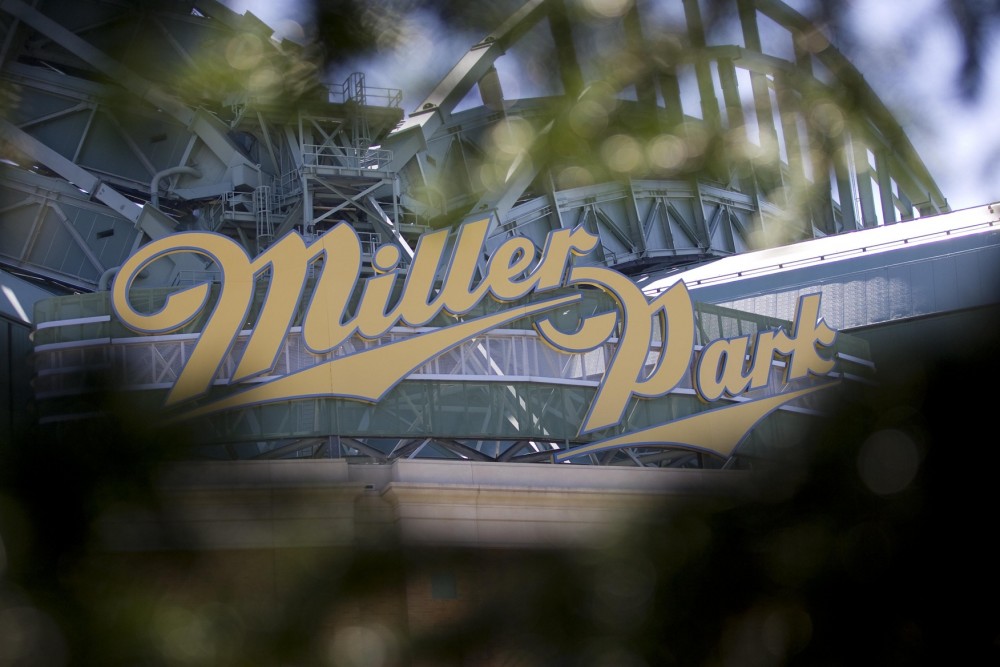Miller Park is notoriously a hitter-friendly ballpark, and the Brewers have exploited this in the past. Their best teams from earlier this century contained a team full of power hitters who were able to take advantage of a smaller, homer-prone field. But now, only Ryan Braun remains from that core, and this version of the team is not quite as well-suited to its home park.
A team shouldn’t try to shape its roster specifically around its home park. While the Brewers do play more games in Milwaukee than in any other single city, they still have to be a competent road team if they wish to succeed, so—obviously—the best way to win is just to build a talented overall team. But ballpark and environmental factors are important, and they can be helpful in building a successful team if utilized correctly.
San Diego is a great (and probably the best) example of this. The Padres have a decent track record of turning mediocre relievers into effective members of their bullpen simply because it is so hard to give up runs in their ballpark. While the Brewers do not enjoy this big of an advantage, Miller Park is a relatively easy place to hit home runs, which does should hypothetically be exploitable with the correct roster construction.
Park factors can take years to stabilize (which is why Baseball Prospectus uses five-year averages in its calculations), but multiple systems agree that Miller Park was the easiest (or among the easiest) ballpark to hit the long ball in 2015. BP, which splits its park factors up by handedness, notes that Milwaukee ranks first (lefties) and seventh (righties) in home-run factor. ESPN ranks Miller Park first in home-run factor as well, and FanGraphs ranks the Brewers fifth. While decoding exactly how (relatively) easy it is to hit a home run in Milwaukee is difficult, the agreement among those methodologies clearly suggests that there is a significant boom in home runs at Miller Park, and the Brewers have to live with that.
The problem with devising a strategy to deal with it, though, is that there are two logically-viable approaches. A front office could decide to either try to counteract the ballpark’s tendencies, or it could steer into the trend. Either method makes some amount of sense; the Brewers can try to acquire marginal players whose talents will be either enhanced or hidden by their ballpark.
Targeting average players is important in this type of strategy because great players will be great regardless of where they play. Taking Jose Bautista out of the hitter-friendly Rogers Centre would only do so much to dampen his numbers. However, as San Diego has proven, veteran relievers at the league minimum can succeed in Petco more than they historically have elsewhere simply because of the park’s dimensions, which makes such players more valuable to the Padres than they are to anyone else.
In Milwaukee’s situation, targeting the specific type of player that Miller Park would benefit is definitely more difficult—relief pitchers are essentially a dime a dozen—although, again, there are two approaches the club could take. They could choose to acquire hitters with marginal power and hope that the ballpark will allow their power to play up a grade, or they could target sluggers who are undervalued for various reasons and hope that their power numbers jump enough to make them more valuable in Milwaukee than they would be anywhere else. It is worth noting, of course, that Chris Carter is probably the ideal candidate for this type of bet.
On the pitching side, the club would have to choose between two similar decisions. They can try to target sinker-slider pitchers who keep the ball on the ground, or they could chase mediocre pitchers with fly-ball problems under the assumption that everyone gives up home runs in Miller Park anyway. Toronto’s acquisition of Marco Estrada is an excellent example of the latter.
I would guess that the path most likely to produce positive outcomes is to target average players whose faults will be hidden by the park—that is, low-power hitters and fly-ball pitchers. First, both will be significantly cheaper than their counterparts, as the Brewers would be moving one direction while everyone else in baseball hunts home runs and strikeouts. Second, positions players without power will have more diverse skill sets (or they wouldn’t have made it to the big leagues in the first place), and adding a few extra home runs to a defensive specialist is more valuable than adding those same home runs to a four-corners type who can’t figure out which fingers to use to close his glove. That player will still be giving back a ton of runs on defense.
Unfortunately for both cheapskates and game theory enthusiasts, this strategy has limited upside. It could be an interesting experiment for David Stearns to try while the Brewers are not a very good team, just to see if there is in fact a way to target an undervalued subset of players that will benefit from being in Miller Park. However, the Brewers won’t be able to compete just by utilizing strategies such as this. Instead, they will have to build a winning team. If all goes well, though, they may be able to augment a talented roster with castoffs that are particularly well-suited to Milwaukee.
